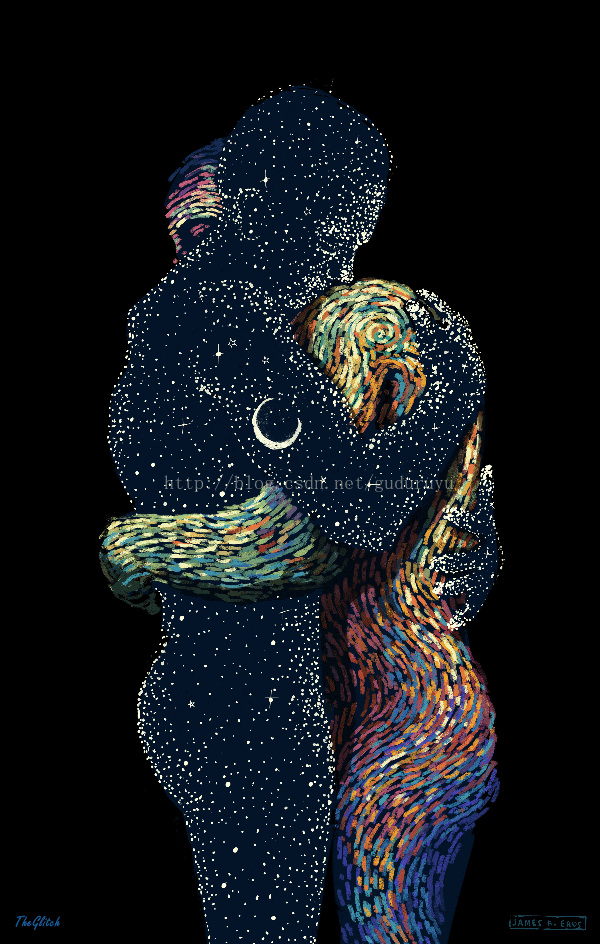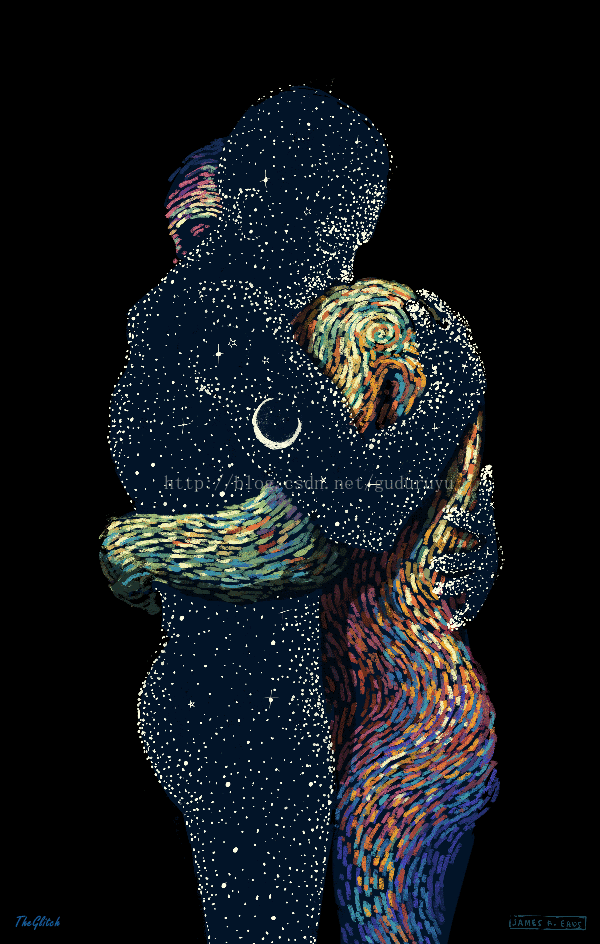溫馨提示×
您好,登錄后才能下訂單哦!
點擊 登錄注冊 即表示同意《億速云用戶服務條款》
您好,登錄后才能下訂單哦!
本文實例講述了Python圖像處理之gif動態圖的解析與合成操作。分享給大家供大家參考,具體如下:
gif動態圖是在現在已經司空見慣,朋友圈里也經常是一言不合就斗圖。這里,就介紹下如何使用python來解析和生成gif圖像。
一、gif動態圖的合成
如下圖,是一個gif動態圖。

gif動態圖的解析可以使用PIL圖像模塊即可,具體代碼如下:
#-*- coding: UTF-8 -*-
import os
from PIL import Image
def analyseImage(path):
'''
Pre-process pass over the image to determine the mode (full or additive).
Necessary as assessing single frames isn't reliable. Need to know the mode
before processing all frames.
'''
im = Image.open(path)
results = {
'size': im.size,
'mode': 'full',
}
try:
while True:
if im.tile:
tile = im.tile[0]
update_region = tile[1]
update_region_dimensions = update_region[2:]
if update_region_dimensions != im.size:
results['mode'] = 'partial'
break
im.seek(im.tell() + 1)
except EOFError:
pass
return results
def processImage(path):
'''
Iterate the GIF, extracting each frame.
'''
mode = analyseImage(path)['mode']
im = Image.open(path)
i = 0
p = im.getpalette()
last_frame = im.convert('RGBA')
try:
while True:
print "saving %s (%s) frame %d, %s %s" % (path, mode, i, im.size, im.tile)
'''
If the GIF uses local colour tables, each frame will have its own palette.
If not, we need to apply the global palette to the new frame.
'''
if not im.getpalette():
im.putpalette(p)
new_frame = Image.new('RGBA', im.size)
'''
Is this file a "partial"-mode GIF where frames update a region of a different size to the entire image?
If so, we need to construct the new frame by pasting it on top of the preceding frames.
'''
if mode == 'partial':
new_frame.paste(last_frame)
new_frame.paste(im, (0,0), im.convert('RGBA'))
new_frame.save('%s-%d.png' % (''.join(os.path.basename(path).split('.')[:-1]), i), 'PNG')
i += 1
last_frame = new_frame
im.seek(im.tell() + 1)
except EOFError:
pass
def main():
processImage('test_gif.gif')
if __name__ == "__main__":
main()
解析結果如下,由此可見改動態圖實際上是由14張相同分辨率的靜態圖組合而成

二、gif動態圖的合成
gif圖像的合成,使用imageio庫(https://pypi.python.org/pypi/imageio)
代碼如下:
#-*- coding: UTF-8 -*-
import imageio
def create_gif(image_list, gif_name):
frames = []
for image_name in image_list:
frames.append(imageio.imread(image_name))
# Save them as frames into a gif
imageio.mimsave(gif_name, frames, 'GIF', duration = 0.1)
return
def main():
image_list = ['test_gif-0.png', 'test_gif-2.png', 'test_gif-4.png',
'test_gif-6.png', 'test_gif-8.png', 'test_gif-10.png']
gif_name = 'created_gif.gif'
create_gif(image_list, gif_name)
if __name__ == "__main__":
main()
這里,使用第一步解析出來的圖像中的8幅圖,間副的間隔時間為0.1s,合成新的gif動態圖如下:

更多關于Python相關內容可查看本站專題:《Python數學運算技巧總結》、《Python圖片操作技巧總結》、《Python數據結構與算法教程》、《Python函數使用技巧總結》、《Python字符串操作技巧匯總》及《Python入門與進階經典教程》
希望本文所述對大家Python程序設計有所幫助。
免責聲明:本站發布的內容(圖片、視頻和文字)以原創、轉載和分享為主,文章觀點不代表本網站立場,如果涉及侵權請聯系站長郵箱:is@yisu.com進行舉報,并提供相關證據,一經查實,將立刻刪除涉嫌侵權內容。